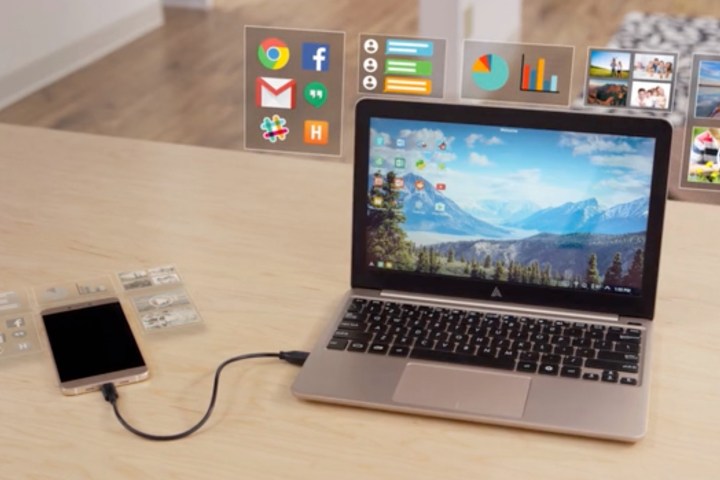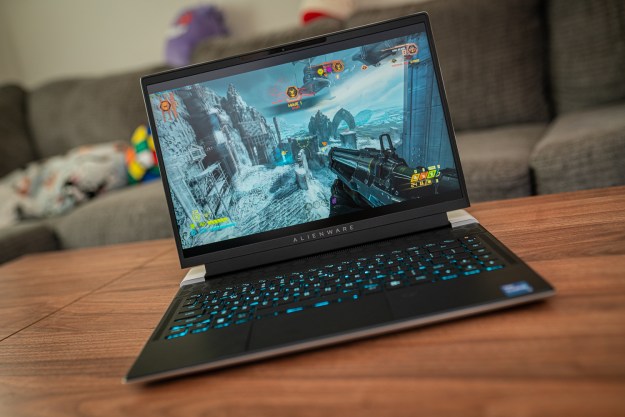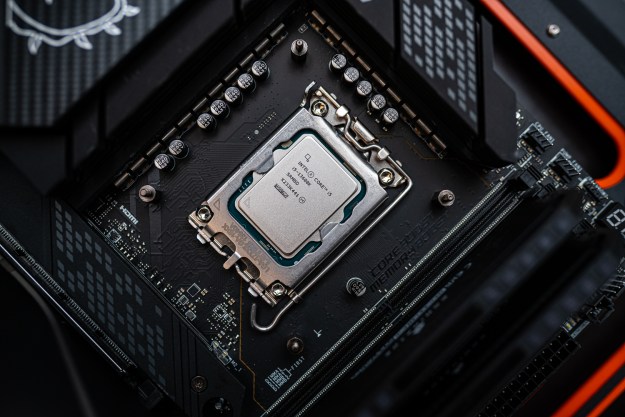
A Kickstarter campaign has been started for a laptop shell that actually uses your smartphone’s brains to operate. Basically, your phone becomes your computer, simply by plugging it into the device, called the Superbook.
The Superbook is basically a laptop dock that turns any Android smartphone into a computer. It looks exactly like a laptop, but instead of having all of its components inside the shell, it uses your phone’s components. This seriously cuts down on costs.
At the heart of the computer is Andromium, an app that turns data from your phone into data that can be more easily interfaced with on a computer screen. Because its based on Android, it will be a little limited for some people, but as a basic daily driver, considering there are plenty of great apps for
The Superbook itself offers eight hours of battery life, as well as a full keyboard and a multitouch trackpad. The device measures 7.6 x 11.3 x 0.7 inches and weighs just 2 pounds, so it’s a very portable option indeed.
Once you plug in your smartphone, the Superbook will basically be an extension of your phone with a desktop-type interface. All of the files on the
Perhaps the best thing about it is the fact that it only costs $100 — that’s right, for a tiny fraction of the price of other computers, you can access your email, social media, Office apps, and so on — which is what most people need from their computer anyway.
To use the Superbook, you’ll need an Android device that has
Editors' Recommendations
- Want to design your own smartphone? Thanks to Nothing, now you can
- Should you turn your computer off at night? We asked an expert
- Can the Quest 3 replace my laptop for work? I found out the hard way
- I used Samsung’s next big smartphone update. Here’s why I love it
- MediaTek’s new smartphone chip sounds too good to be true

